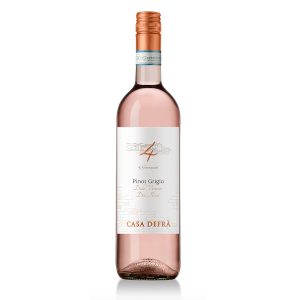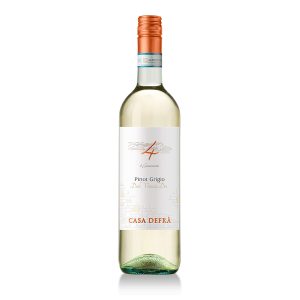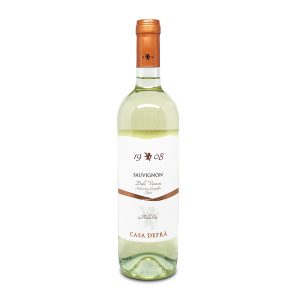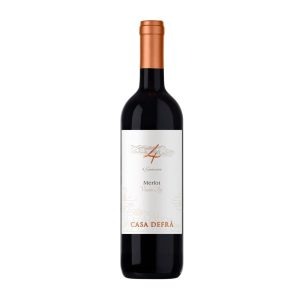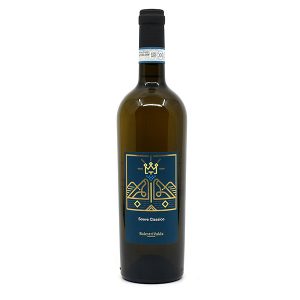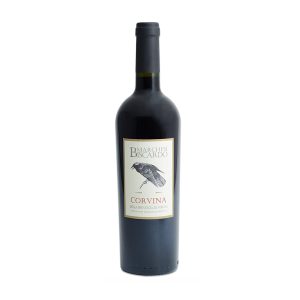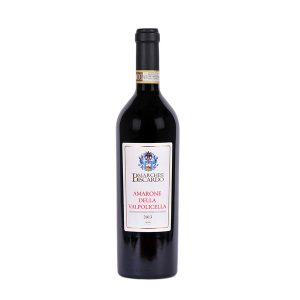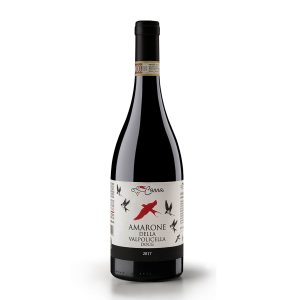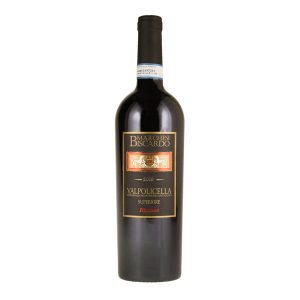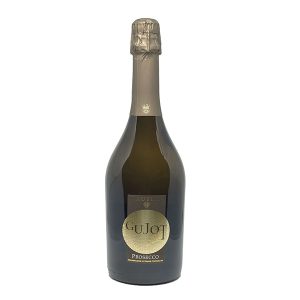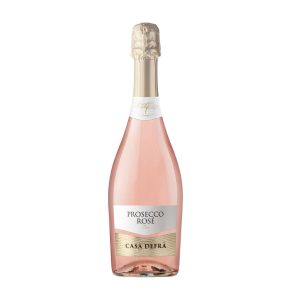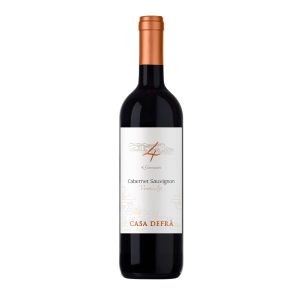Veneto is the 8th largest region in Italy, with a total area of 18,398.9 km2 (7,103.9 sq mi). It is located in the north-eastern part of Italy and is bordered to the east by Friuli-Venezia Giulia, to the south by Emilia-Romagna, to the west by Lombardy and to the north by Trentino-Alto Adige/Südtirol. In its northernmost corner it also borders Austria.
The north-south extension of Veneto is 210 km (130 mi) from the Austrian border to the mouth of the River Po. By area, 29% of its surface is mountainous (Carnic Alps, eastern Dolomites and Venetian Prealps). The highest massif in the Dolomites is the Marmolada-massif at 3,342 m (10,965 ft). Other dolomitic peaks are the Tre Cime di Lavaredo and the Pale di San Martino. The Venetian Prealps are not as high and range between 700 m (2,300 ft) and 2,200 m (7,200 ft). A distinctive characteristic of the Pre-alps are the cave formations, including chasms and sink holes; the Spluga della Preta, situated in the Monte Lessini chain in the province of Verona, has an explored depth of 985 m (3,232 ft), being the deepest cave in Italy. Fossil deposits are also abundant there.
The Po Valley, covering 57% of Veneto, extends from the mountains to the Adriatic sea, broken only by some low hills: Euganean Hills, Berici Hills Colli Asolani and Montello, which constitute the remaining 14% of the territory. The plain itself is subdivided into the higher plain (gravel-strewn and not very fertile) and the lower plain (rich in water sources and arable terrain). The lower plain is both a mainstay of agricultural production and the most populated part of the region.
The Adige in Verona
Several rivers flow through the region: the Po, Adige, Brenta, Bacchiglione, Livenza, Piave, and Tagliamento. The eastern shore of the largest lake in Italy, Lake Garda, belongs to Veneto. The coastline covers approximately 200 km (120 mi), of which 100 km (62 mi) are beaches.
The coasts of the Adriatic Sea are characterised by the Venetian Lagoon, a flat terrain with ponds, marshes and islands. The Po Delta to the south features sandbars and dunes along the coastline. The inland portion contains cultivable land recently reclaimed by a system of canals and dykes. Fish ponds have been created there as well. The delta and the lagoon are a stopping-point for migratory birds.
Veneto’s morphology is characterised by its:
mountains (montagna): 5,359.1 km2 (2,069.2 sq mi), (117 comuni being classified as mountainous);
hills (collina): 2,663.9 km2 (1,028.5 sq mi), (120 hilly comuni);
and plains (pianura): 10,375.9 km2 (4,006.2 sq mi), (344 comuni mostly situated in the Po Valley).
The climate changes significantly from one area to another: while it is continental on the plains, it is milder along the Adriatic coast; around the Lake Garda and in the hilly areas. The lowlands are often covered by thick fog; precipitations that are scarce – 750 mm per year – close to the river Po, but are more abundant – from 750 to 1100 mm per year – at higher altitudes; the highest values – up to 3200 mm per year – are recorded in the Bellunese Prealps, near Mount Pasubio and on the Asiago plateau.
Aboue Veneto wine
The Veneto, centred on Verona in the hinterland of Venice, is Italy’s wine factory. Here lakes of pale red Valpolicella and Bardolino and watery Soave and Pinot Grigio are drained into bottles by the million for shipment to Italian and Italianate restaurants around the globe. Vineyards that are typically flat and fertile have been allowed to spew forth over-generous yields of characterless wine with as little cachet and interest as, say, Liebfraumilch.
The difference, however, is that whereas no one would even try to make truly serious Liebfraumilch, more and more ambitious winemakers within these three wine zones are making extremely good wines. As their influence, fortunately, increases, the real challenge for the consumer (and the wine retailer) is to distinguish the goodies from the baddies.
One easy (although not infallible – this is Italy, after all) starting point is to look for wines described as Classico, produced within the original central zone rather than the current much larger regions cynically expanded to make the most of the names’ currency on international markets. Valpolicella described as Superiore must be at least 12% alcohol and aged at least a year before bottling (whereas basic Valpolicella may be just 11% alcohol and as much of a rush job as Beaujolais Nouveau). Another indicator of quality, it must be said, is a premium price. Valpolicella that is lively crimson rather than sludge pink, and tastes of bitter, juicy cherries rather than just tasting bitter cannot be produced cheaply. Yields must necessarily be much lower than on the flatter, more easily mechanised vineyards. Reliably superior Valpolicella producers include Allegrini, Boscaini, Dal Forno, Masi, Quintarelli, Santi, Trabucchi and Tedeschi.
Corvina is by far the most characterful of the three grape varieties from which it may be made, but all-Corvina wines are outlawed by the Valpolicella regulations (although it must make up between 45% and 95% of the blend). The Molinara vine tends to produce thin, acidic wine, while it can be difficult to squeeze much flavour out of Rondinella.
The classic way of adding depth and bite to Valpolicella (which should be a refreshing, tangy wine rather than one to age years and years) is to add additional grape skins, ideally those whose sugar content has been concentrated by drying, a technique known as ripasso or ‘repassed’, which increases the final alcohol and phenolic content in wines described as passito.
The Veneto’s true distinction in the world of wine is that it is the only region where any serious quantity of wine is still made using grapes dried to concentrate their sugar content. This was the only way the Greeks and Romans had of increasing the resulting wines’ alcohol content, because distillation and therefore alcoholic spirit was still unknown. Such wines are described as Recioto, and may be red or white, dry or sweet. If all the grape sugar is fermented out to alcohol, such wines are also described as Amarone, or ‘bitter’, for Valpolicella grapes dried to yield a wine of perhaps 16% alcohol can certainly taste extremely intense (and should be sipped with care, ideally like port after a meal rather than swigged throughout a meal). The quality of Amarone di Valpolicella has soared in recent years and there are now a host of good producers to choose from.
The white wine version, a refreshingly sweet Recioto di Soave, is much less common but it too concentrates the inherent qualities of the local grapes, in this case the appley Garganega, and can be a delightfully tangy alternative to heavier sweet wines such as Sauternes.
Soave, the Veneto’s most famous white wine ambassador, is every bit as unpredictable in quality as Valpolicella, with the added variable that a wider range of grape varieties may be used: not just the local Garganega and Trebbiano di Soave (Trebbianos of various sorts abound in Italy) but also Chardonnay, Pinot Bianco (Pinot Blanc) and the neutral Trebbiano Toscano. Good Soave – more likely to carry the moniker Classico or Superiore – is straw coloured and has a distinctive flavour reminiscent of almonds and apples.
Anselmi and Pieropan have for years shown that Soave can be so much more than a vapid, aroma-free mouthwash, but other producers now giving them a run for their money include Bertani, Cantina di Castello, La Cappuccina, Fatorri & Graney, Gini, Inama, Prà and Tamellini. There is now sufficient confidence in the green terraces of Soave that producers of this calibre bottle all sorts of different vineyards’ produce separately, so much character does each imprint on the wines produced there. Some of the wines have so much flavour and concentration that they can stand up to barrique ageing. Such characterful wines are a world away in quality (and price) from commodity Soave produced in such quantity mainly by the co-operatives that dominate this region.
Bardolino, made on the shores of Lake Garda, is basically a lightweight Valpolicella and good examples from producers of the calibre of Corte Gardoni, Guerrieri Rizzardi and San Pietro can make delicious summer drinking. The rosé version is called Chiaretto and local, potentially pretty Soave-like whites include Lugana (just over the border in Lombardia) and Bianco di Custoza. Gambellara is made just east of Soave and is also difficult to distinguish from it. The varied wines, red and white, made around Vicenza and Padua with their handsome Palladian villas are known as Colli Berici and Colli Euganei respectively. These wines are based on a mixture of local grapes and such international travellers as Merlot, Cabernet and Pinot Bianco (Pinot Blanc). A similar range of grapes is grown around the town of Breganze just north of Vicenza where one hard-working producer, Fausto Maculan, and one local grape, Vespaiolo, have been responsible for putting Breganze DOC on the world’s wine map. Vespaiolo is thought to get its name from the wasps attracted to its particularly sweet grapes, which Maculan has proved can make great sweet white wine. Torcolato is made from semi-dried grapes and manages that Italian sweet white wine trick of being very sweet but also very tangy and refreshing.
East of here, across Piave river above the plains stretching towards the lagoons and Venice, is the source of north-east Italy’s favourite sparkling wine, Prosecco, based on the Glera grape. Many a traveller has fallen in love with this at Harry’s Bar where it was first blended with peach juice to make a Bellini, or at the Locanda Cipriani on the spookily silent island of Torcello where it is served in glass jugs. Conegliano Valdobbiadene is the best zone, with the hill of Cartizze acknowledged as the most favourable site within it, though in 2008 the wider Prosecco appellation was dramatically extended, such is the demand for this easy-drinking fizz on export markets around the world.
Most of the still wines made on this fertile plain go under the name Piave or Lison-Pramaggiore. They tend to be decent, light (though generally uninspiring) Cabernets, Merlots or the local white grape Verduzzo. More interesting (if uncompromisingly dry) are reds from Raboso and Refosco grapes.
Source: Wikipedia , Internet

